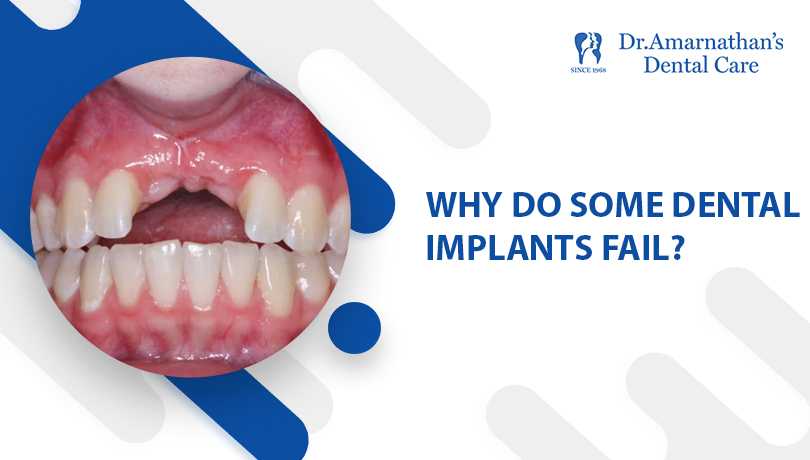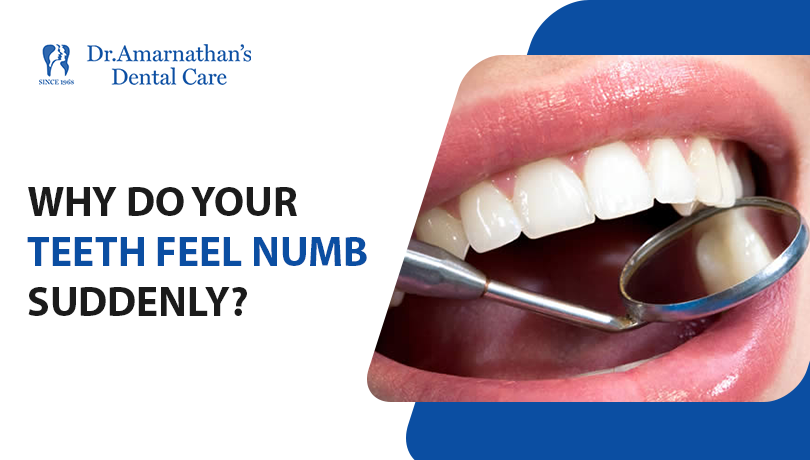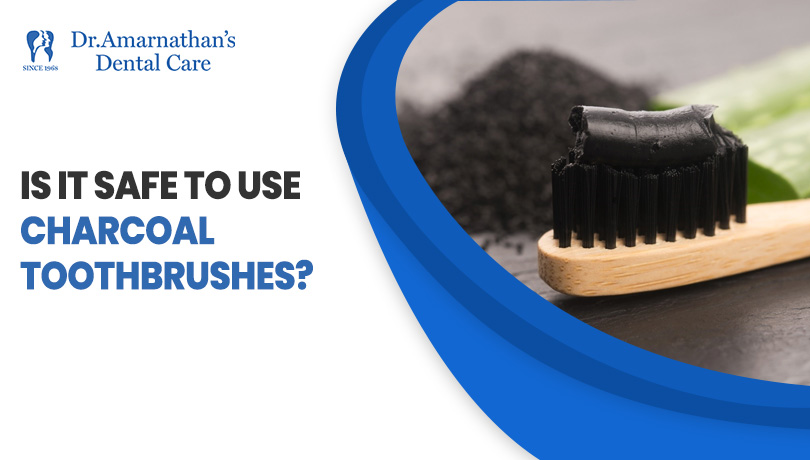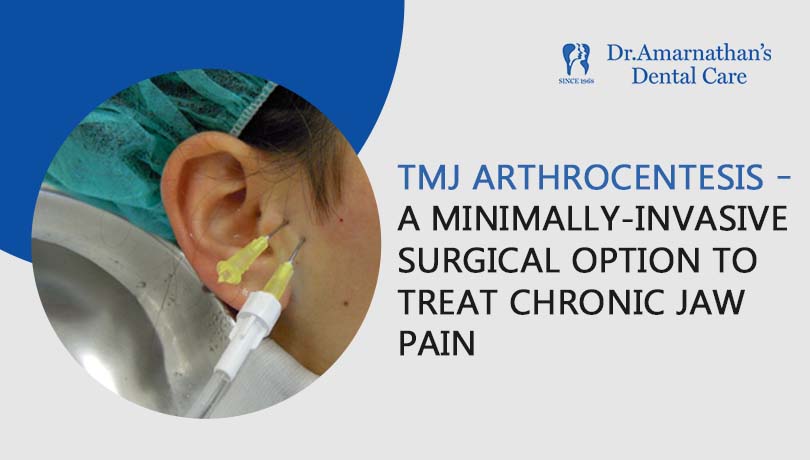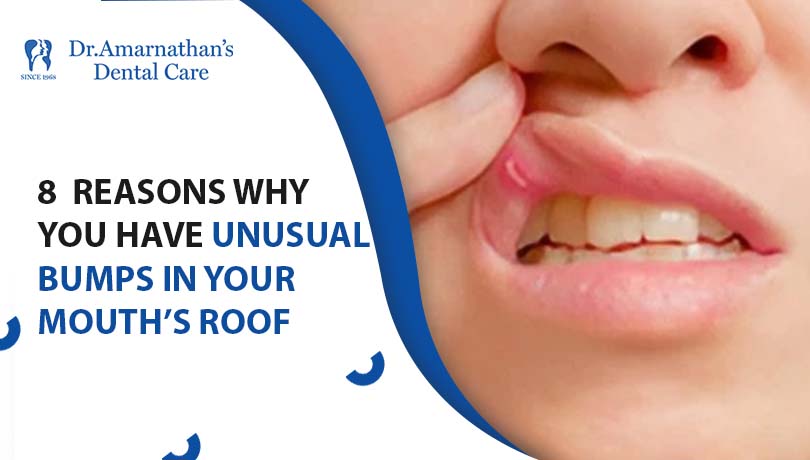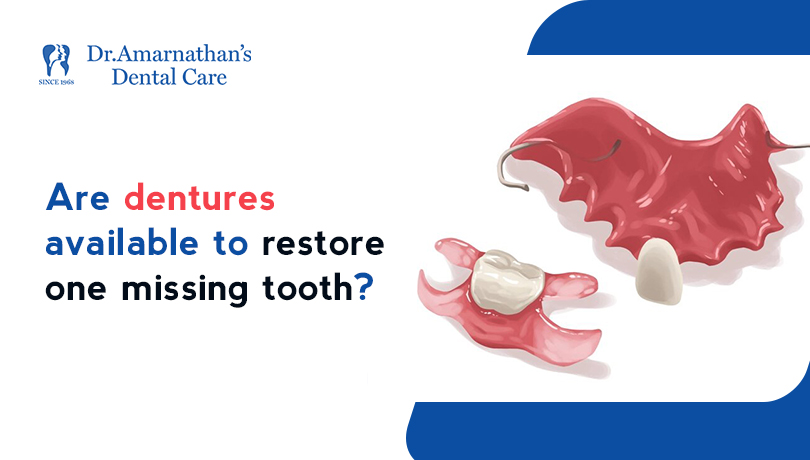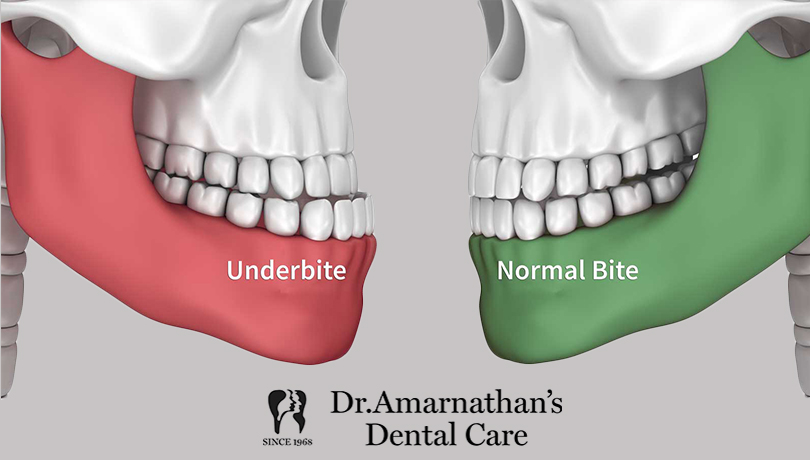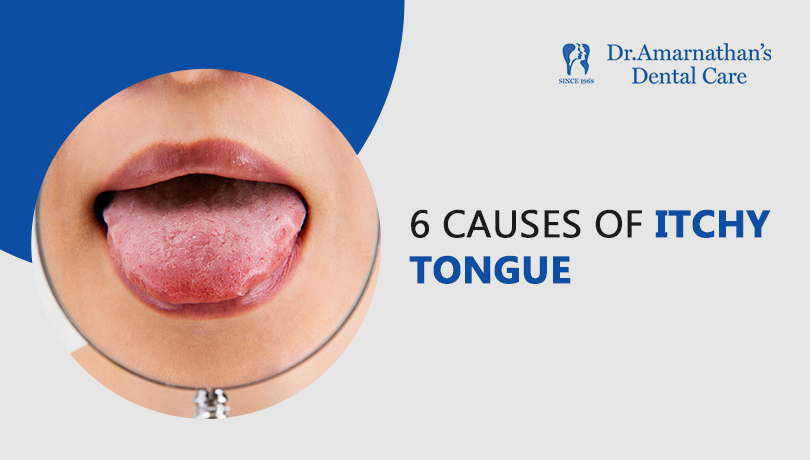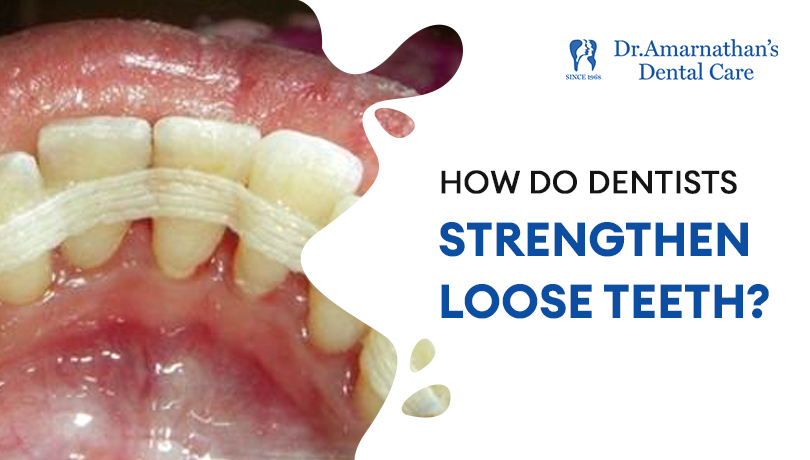
How do dentists strengthen loose teeth?
Slack (or) Loose tooth in adults is a serious problem you should not ignore. The looseness of teeth occurs due to excessive bite force, and accidental injuries. If you do not have any of such occlusal trauma but have a slack tooth, you might have periodontal disease. The progression of gum infections compromises the periodontal ligaments that attach the teeth to the bones and hence the teeth begin to dislodge from the roots.
At times, the combination of occlusal trauma and periodontal diseases weakens a tooth’s bone support.
Initially, dentists made minor changes to reshape a tooth’s biting surface to adjust the bite to treat a slack tooth. The advances in dentistry have made tightening the wiggly teeth also possible with a treatment called tooth splinting.
What is meant by tooth splinting?
Tooth Splinting also known as dental splinting or periodontal splinting is the most common procedure performed to strengthen a loose tooth. It involves attaching a splint or a stabilizer across the back surface of a loose tooth to join it with the firm neighboring teeth.
Besides stabilizing the loose teeth, the splinters reduce the pain triggered by the mobility of teeth.
There are teeth splinting procedures available. Dentists recommend the right one after evaluating how loose your teeth are. Whatever the type of splinter you get, the appliance takes care of healing the gums around the loose teeth and tightening the periodontal ligaments underneath it.
What are the different kinds of dental splinting procedures available?
The splinting treatment is categorized with respect to the rigid appliances used. Regardless of the procedure, the splinters redistribute the force among the grouped teeth once they are adjoined so that the damage of bending forces on loose teeth can be prevented.
1) Temporary Splinting – The temporary splinting adjustment involves a thin fiber to fix a loose tooth. It provides effective relief for a few days or weeks and is classified into 2 types as follows:
- Extra-coronal splints – It includes grouping a loose tooth to its adjacent teeth by bonding the splinting material outside the teeth.
- Intra-coronal splints – This approach requires preparing (cutting) a channel inside the loose teeth to insert the metal splint. A small amount of white filling is added to fill the prepared channel of the teeth.
2) Permanent Splinting – Permanent splinting requires a combination of crowning and splinting techniques. In this approach, a loose tooth and its neighboring tooth are crowned. Then a splint is bonded over the crowned teeth for adjoining.
3) Occlusal Splints – The occlusal splints adjustment involves a removable bite guard to prevent the teeth from facing extensive bite forces due to habits like bruxism. – It is prescribed for people who developed looseness of teeth due to their teeth clenching and grinding behavior.
Can loose teeth from gum disease get immobilized with splinters?
Yes. Tightening a loose tooth from periodontal disease is possible but a comprehensive gum disease treatment is required along with the splinting adjustment.
It is because the patient should keep the gum infection in control while tightening the loose teeth else the splint adjustment activities remain neutral. On the other hand, if a loose tooth has extensive gum damage (i.e.) loss of bone around the tooth root, preservation is not possible.
In such circumstances, extracting the loose (and diseased) tooth is essential. You can restore it to dental bridges, dental implants, or other prosthodontics appliances.
Bottom line
If you feel looseness or mobility in your teeth, don’t neglect it. It might be a warning sign of serious infectious conditions. Similarly, aging also makes the teeth lose their bone support.
Don’t worry. You have various solutions to tighten up the loose teeth in a dental clinic. In most cases, the looseness of a tooth cannot be identified until it becomes severe. Hence you get regular check-ups to detect this problem early as well as address it.




